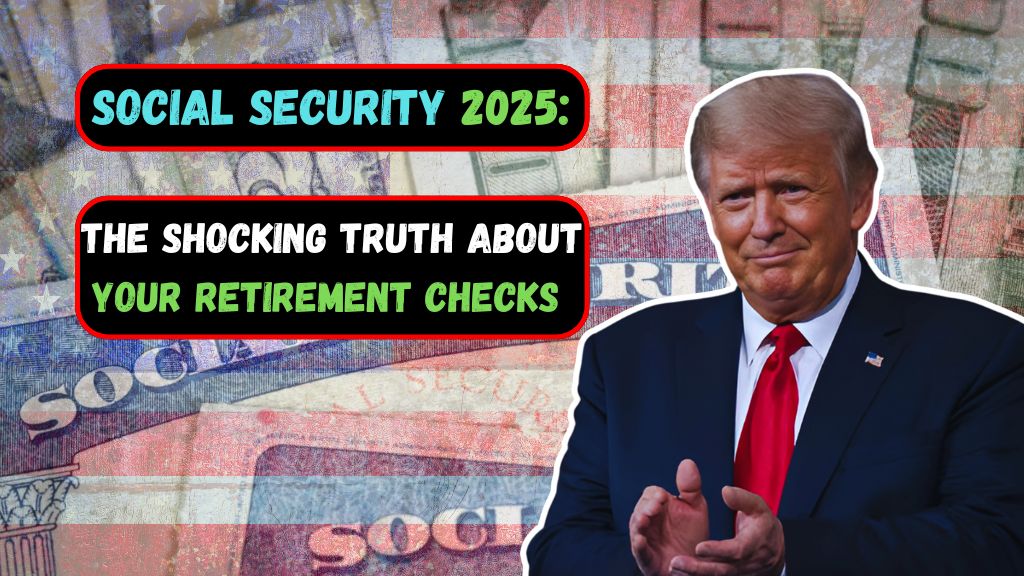Social Security has kept millions of Americans steady since it first began helping people on August 14, 1935. Now, as the program readies to celebrate its 90th birthday in 2025, it finds itself at a turning point. The next few years could decide what retirement looks like for folks of every age who are dreaming of their future.

A Safety Net in a Heavy Storm
Created when the country was in the Great Depression, Social Security has offered protection to seniors, people with disabilities, and their loved ones. Yet the latest numbers from the people who keep track of the program’s books, the Social Security Board of Trustees, raise serious and pressing alarms.
A Warning About the Money
The trust fund that pays out monthly retirement and survivor checks, called the Old Age and Survivors Insurance trust fund, is set to run out in 2033, the Trustees say. When that happens, Social Security will collect enough in payroll taxes to pay only 77 cents of every dollar planned. That gap could lead to millions of people facing bills that are far bigger than the check they will receive.
What’s Putting Pressure on the System
People and the economy are changing, and the rules are still being debated:
Growing Aging Population: The number of workers shrinking and retirees growing stretches the fund like never before.
Variable Economy: Jobs’ pay, national production, and wages impacting future revenues ebb and flow, complicating estimated finances.
Unresolved Reforms: Proposals to fix the gap are still being studied, adding uncertainty about benefits people will rely on for years.
What Every American Should Understand Right Now
Frank J. Bisignano, the Commissioner, just reminded us how serious the clock is ticking. “Social Security isn’t just yesterday’s program; it’s a pledge we owe to tomorrow’s workers,” he said. His words underline that we have to be creative today so the system remains safe for everyone down the road.
What’s Next: Three Ways This Could Go
The first hint we have is that cuts to full benefits could kick in shortly after 2034.
That would mean only 81% of the money we’re counting on would be paid, and only that would be left after the trust fund runs dry.
The good news is officials in Congress, the White House, and state capitals are still teaming up, hoping to refill the program’s tanks before we reach the cliff.
